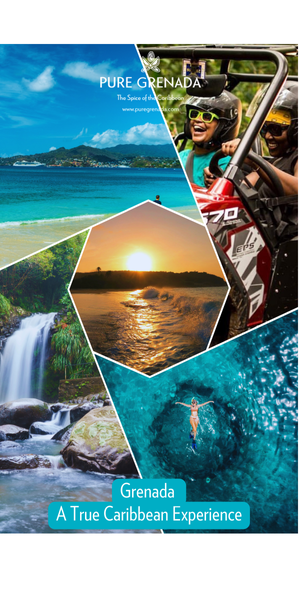Renowned for its archaeological treasures, Peru is also home to culinary delights worthy of exploration. Here, your guide for knowing where to eat in Peru: From Lima to Arequipa.
LIMA
If Peruvian cuisine has risen to become one of the best globally, credit goes to Virgilio Martínez. The graduate of the esteemed Le Cordon Bleu Ottawa played a pivotal role in the culinary revolution that elevated Lima to the status of a premier destination for food enthusiasts. Located in the bohemian district of Barranco, Central soared to the top of the influential “50 World’s Best Restaurants” list in 2023 – a well-deserved accolade, under Martínez and his wife and head chef, Pía León. The restaurant takes you on an incredible gastronomic journey through Peru’s diverse ecosystems, from the Pacific coast to the Amazon rainforest, passing through the Inca Valley and its lofty peaks.

Courtesy of Central Restaurant.
Embarking on this extraordinary gastronomic odyssey, with a succession of 14 meticulously crafted courses and complemented by a specially composed soundtrack by local artist Maribel Tafur, has become an increasingly sought-after experience. It is highly advisable to secure your reservation at least six months in advance, as the restaurant has garnered international acclaim, attracting a star- studded clientele that includes the likes of Robert DeNiro, Chris Martin, Camila Cabello and Zac Efron.
Another standout in the Peruvian metropolis, Maido recently clinched the title of the best restaurant in Latin America and is often fully booked. Its head chef, Mitsuharu “Micha” Tsumura, was a trailblazer in the Nikkei movement, blending flavours from Peru and Japan. Compared to Central, Maido offers a different culinary journey, bridging two countries with a shared rich history. An equally enchanting experience awaits you with an 11-course culinary journey in the heart of the stylish Miraflores district, renowned as one of Lima’s trendiest neighbourhoods and home to a plethora of chic restaurants.
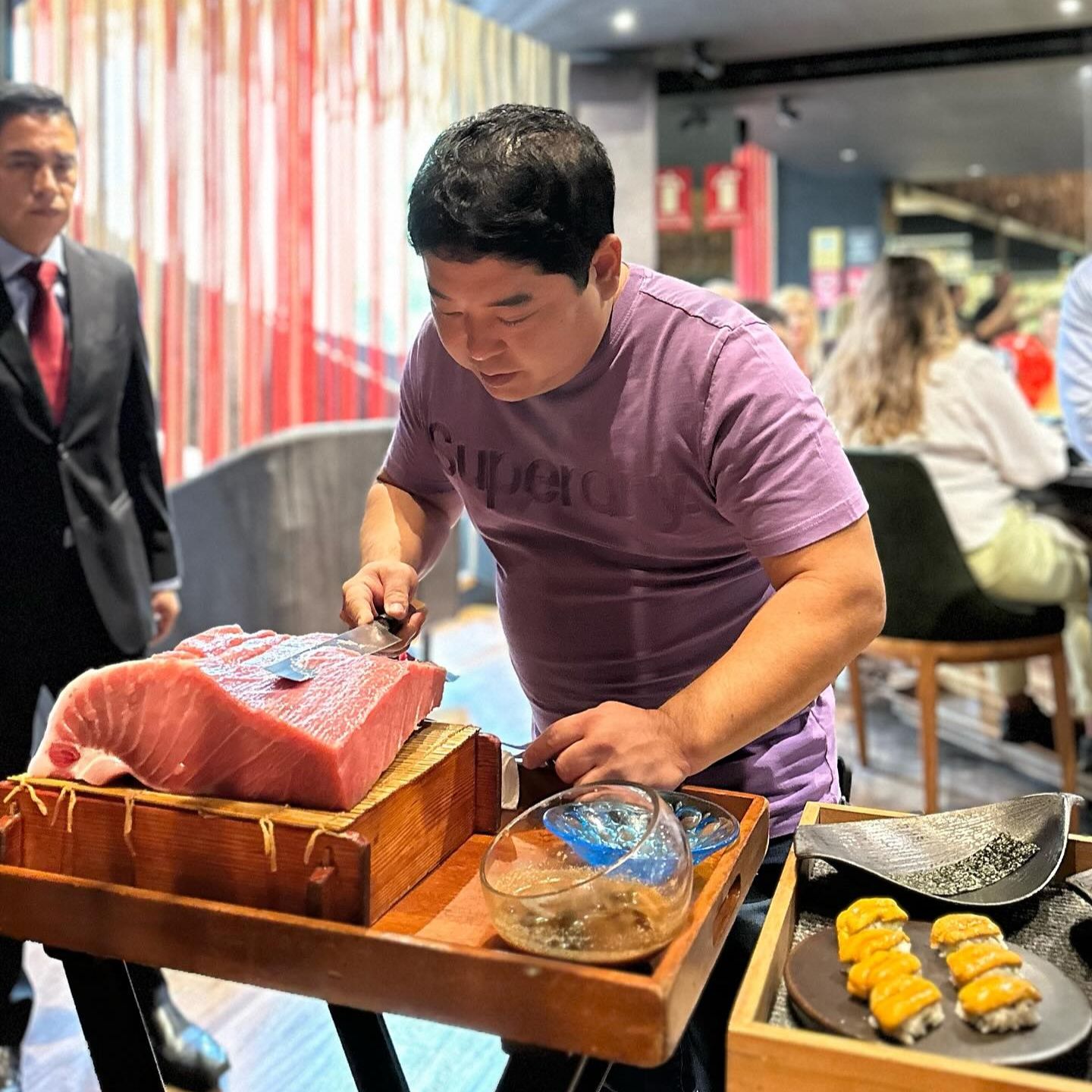
Chef-owner Mitsuharu Tsumura “Micha” was a trailblazer in the Nikkei movement, blending flavours from Peru and Japan.
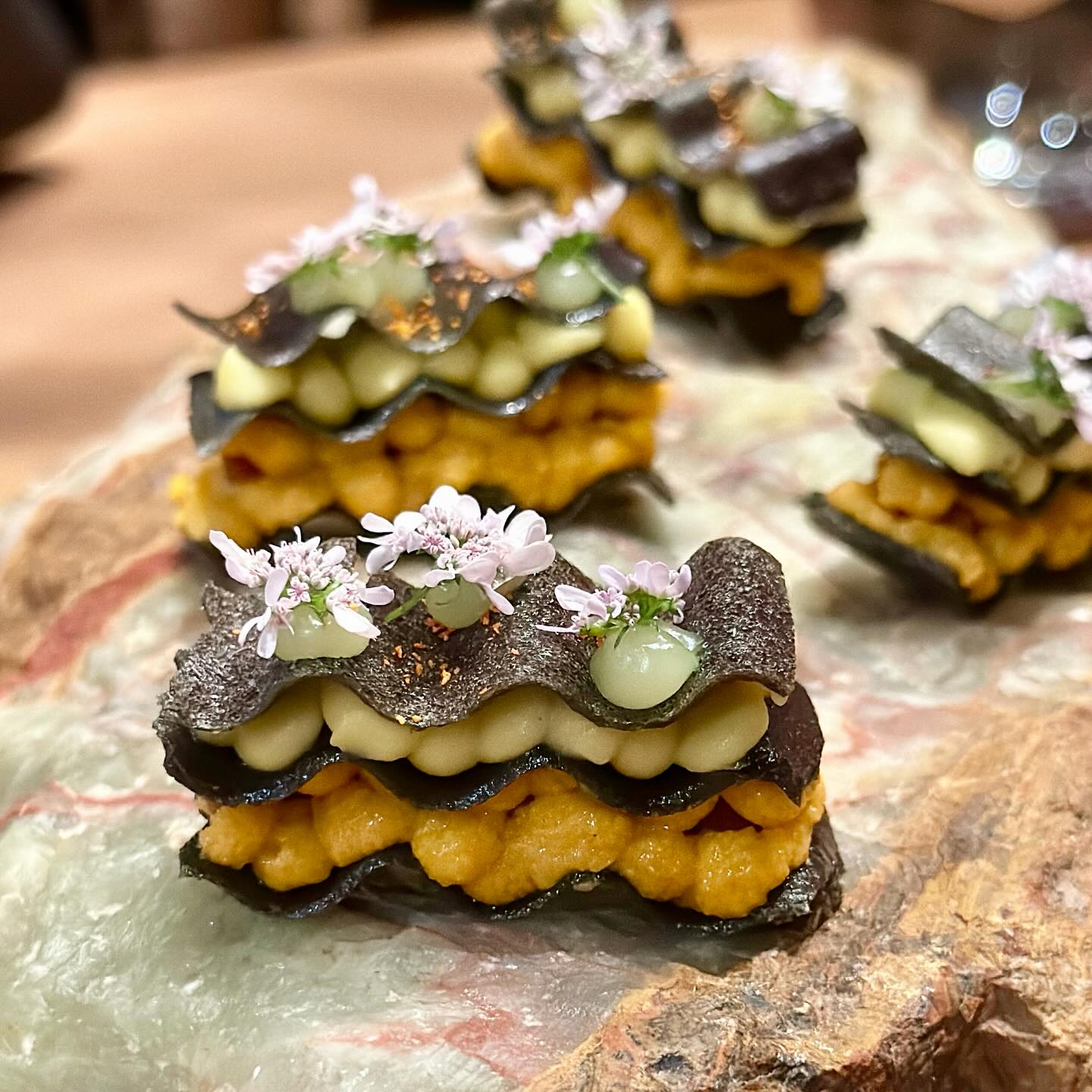
Courtesy of Maido Restaurant
While in Lima, do not miss the Larco Museum, a cultural gem founded by Peruvian archaeologist Rafael Larco Hoyle. The museum showcases an extensive collection of pre-Columbian art, including a magnificent assembly of 38,000 Mochica ceramics. After immersing yourself in this stunning collection, treat yourself to a delightful detour at the Larco Café- Restaurant. Indulge in causa, the renowned Peruvian potato terrine infused with lemon and adorned with succulent shrimp and avocado.
CUSCO
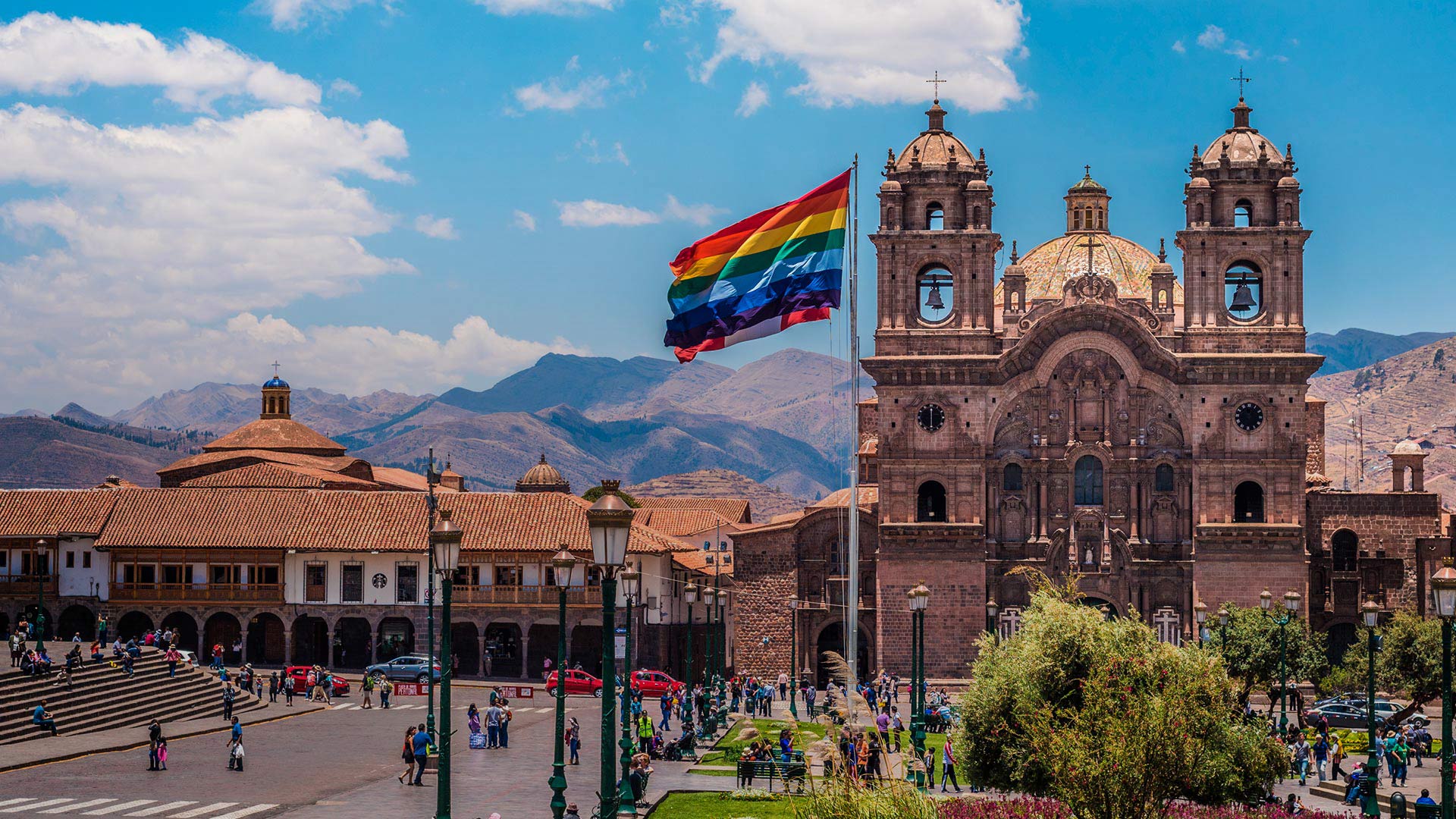
Cusco’s main square, or “Plaza de Armas”
Department of Cusco
Often seen as a stopover before ascending Machu Picchu, the city of Cusco deserves more than a passing glance. Not only to acclimate to the demanding altitude but also to explore the culinary offerings in the ancient Inca capital, adorned with colonial architecture perched at an elevation of 3400 metres above sea level. Start by exploring the vibrant San Pedro market, where colourful stalls overflow with cheeses, purple corn and a variety of local fruits, and taste chuta, Cusco’s traditional bread.
Next, visit Map Café, near the prestigious Monasterio hotel. Within the courtyard of the Museum of Pre-Columbian Art, this restaurant unquestionably stands as one of the city’s premier spots to relish a regional delicacy: capchi de setas, a creamy soup featuring mushrooms and fava beans.
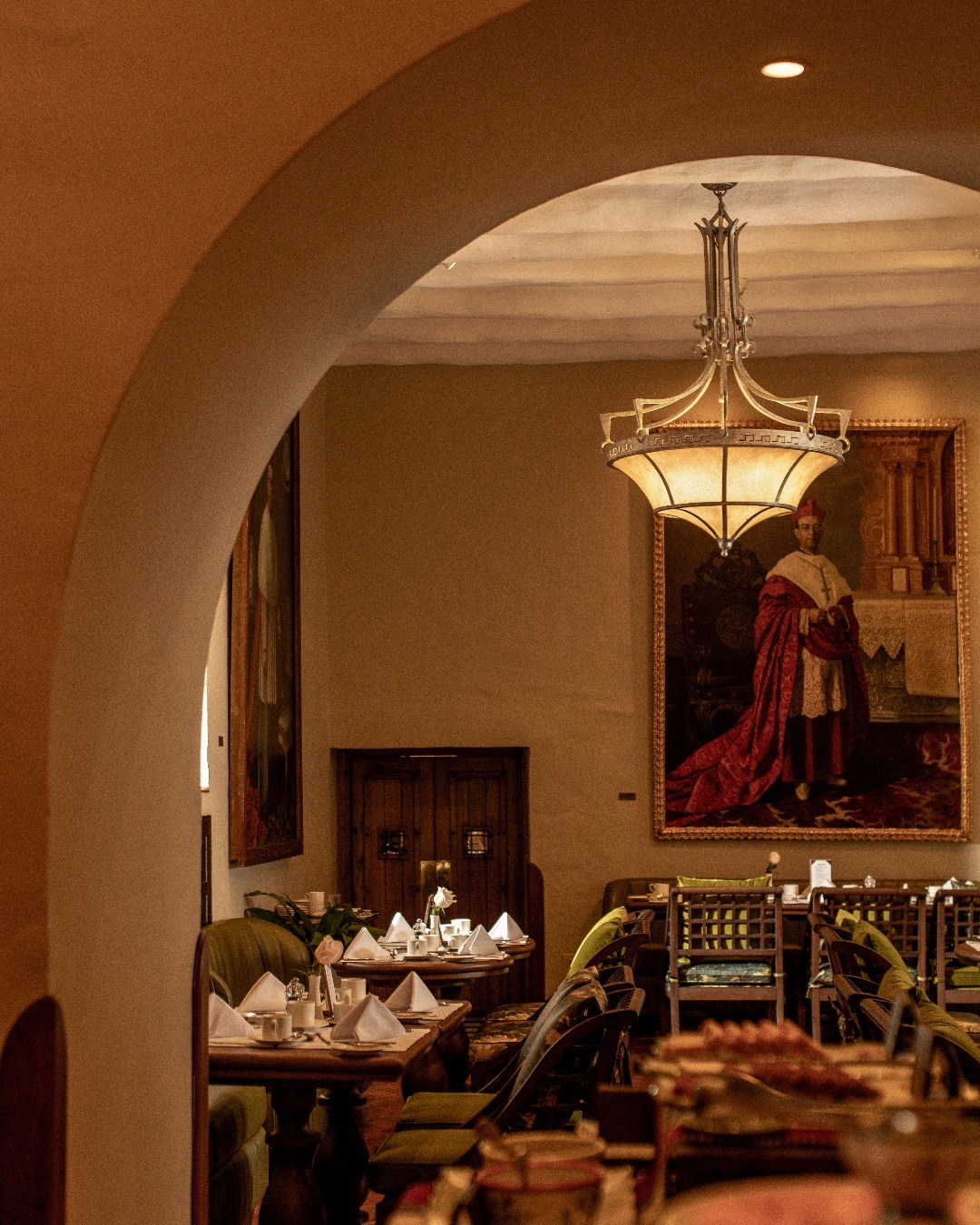
Monasterio Hotel, A hub of Peruvian gastronomy in the heart of Cusco.

PORK BELLY Confit crispy pork belly, chupe de olluco, chancaca, pisco and herb jus. Courtesy of Morena Restaurant
Another exceptional venue in Cusco is Morena, commanding a view of the majestic Plaza de Armas and its impressive churches. This establishment offers a diverse menu featuring alpaca skewers and the renowned Peruvian guinea pig known as cuy due to its distinctive squeak. Trying cuy provides a unique glimpse into the culinary legacy of the region. Domesticated in the central Andes for nearly 5000 years, guinea pig is held in high esteem as a delicacy. Its meat is celebrated for its elevated protein content and lower fat compared to chicken or pork. Typically, this traditional dish is accompanied by Andean potatoes.

The prestigious Hiram bingham train that connects Cusco to Machu Picchu.
When the time comes to visit Machu Picchu, board the prestigious Hiram Bingham train that connects Cusco to the famous Inca citadel. Named after the explorer who discovered the Machu Picchu ruins in 1911 (and inspired George Lucas’ Indiana Jones character), the luxury train operated by Belmond provides a sumptuous experience in beautifully decorated 1920s-inspired dining cars. It provides an ideal backdrop for gourmet dishes paired with a Pisco Sour, all while marvelling at the stunning landscapes along the Urubamba River that guide you to the village of Aguas Calientes, at the base of Machu Picchu.
AREQUIPA
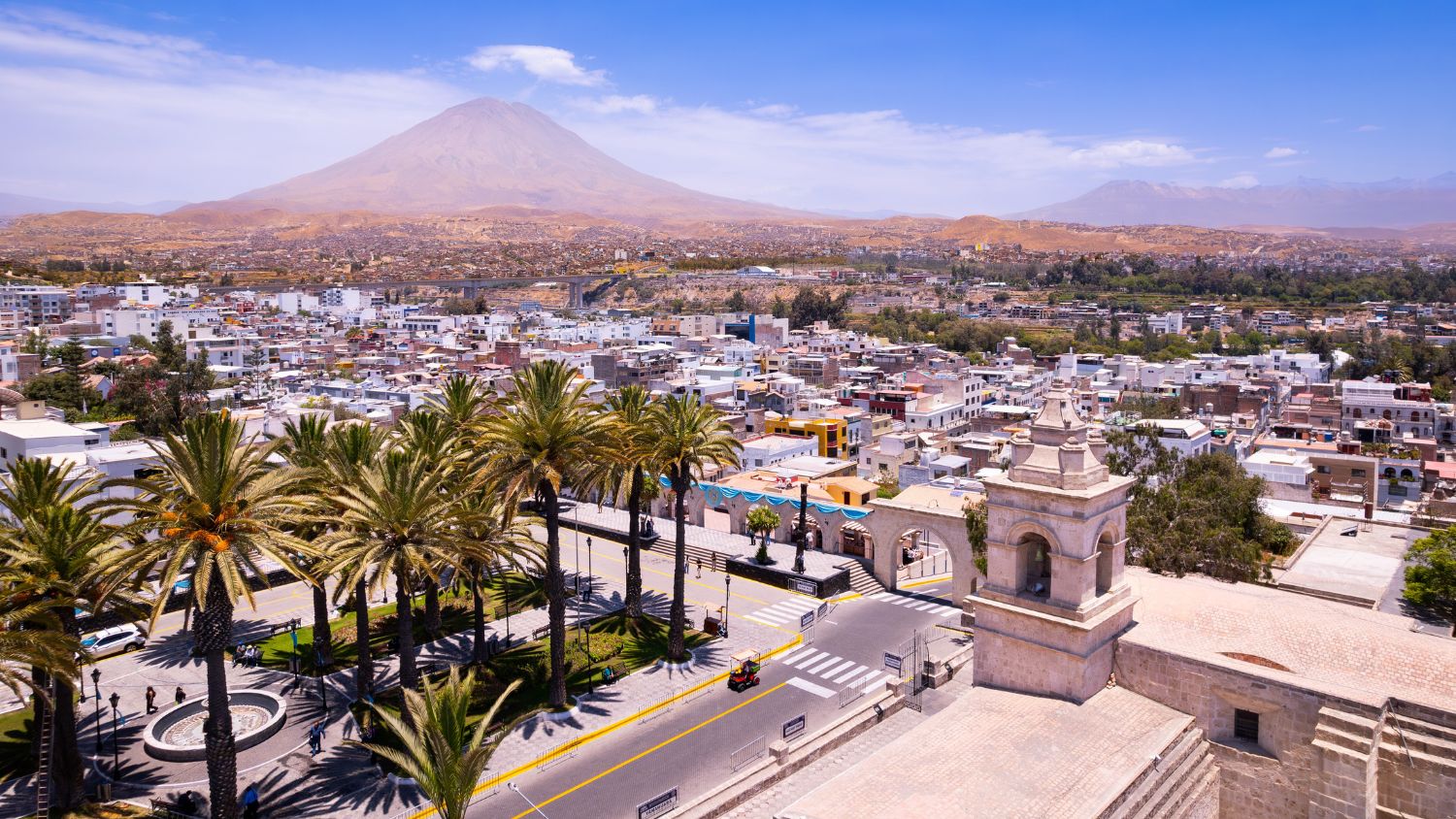
The «White City» of Arequipa. Credit: José Valleros/Promperu
The second-largest city in Peru after Lima is embraced by three volcanoes and basks in more than 300 sunny days annually, a substantial advantage over its frequently overcast big sister. While some refer to the Peruvian capital as “The Grey City,” Arequipa has earned the moniker “White City” due to the brilliance of its colonial buildings, gleaming in pristine white.
This southern beauty offers a culinary landscape that reflects the rich tapestry of local flavours, traditions and culinary heritage. Arequipa’s gastronomic legacy is closely tied to “picanterias”. These traditional restaurants, existing for centuries, offer homemade dishes reflecting the local popular culture. A true institution in the city, La Nueva Palomino is one of the oldest active picanterias. Located in the dynamic Yanahuara district, this authentic restaurant serves hearty dishes prepared with ancestral techniques and local ingredients, in a lively and casual atmosphere. Families and friends gather around large communal tables, especially for escribano, a typical Arequipan dish made from mashed potatoes, tomatoes, vinegar and rocoto pepper.
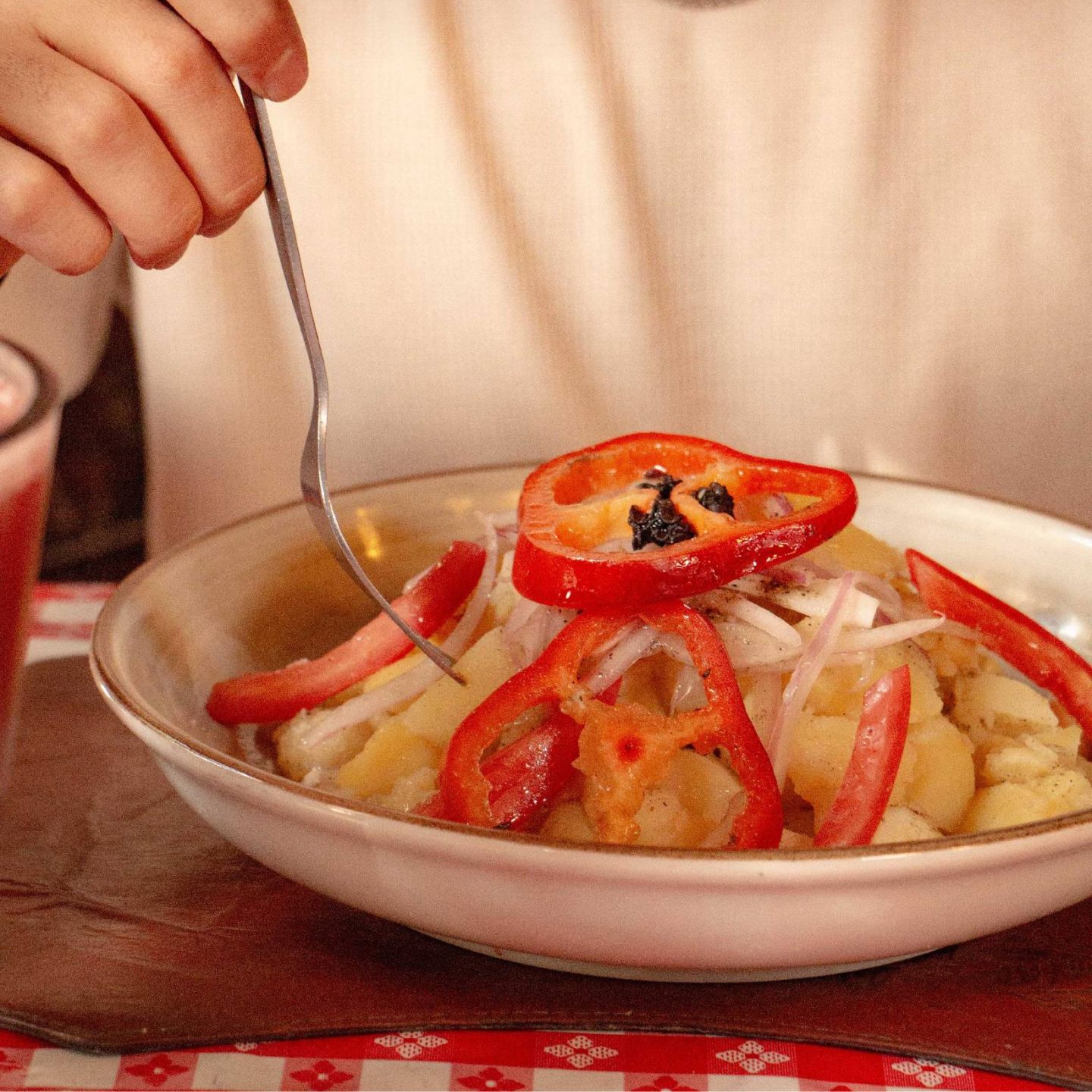
Escribano, a typical Arequipan dish made from mashed potatoes, tomatoes, vinegar and rocoto pepper.
If you still have room for dessert, head to Machuquita restaurant, located in the heart of San Camilo market. It is undoubtedly the premier destination to savour the renowned queso helado (frozen cheese) originating from Arequipa. Contrary to its name, this treat, with a creamy texture reminiscent of ice cream, is crafted from milk, vanilla, cinnamon and sugar – without any actual cheese.
While exploring the San Camilo market, treat yourself to freshly squeezed lucuma juice and take in the therapeutic benefits of this Andean fruit, which poses export challenges due to its exceptionally thin skin.








